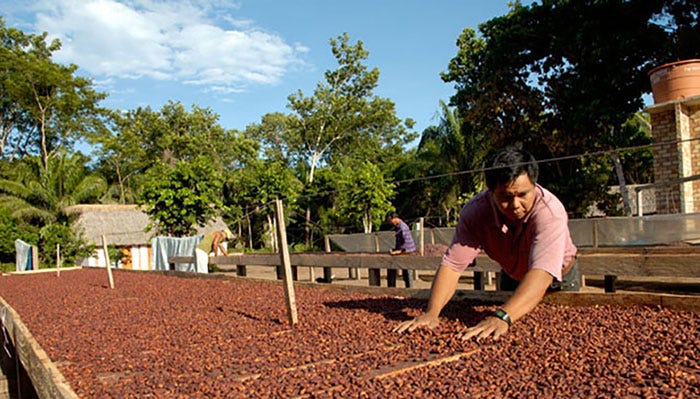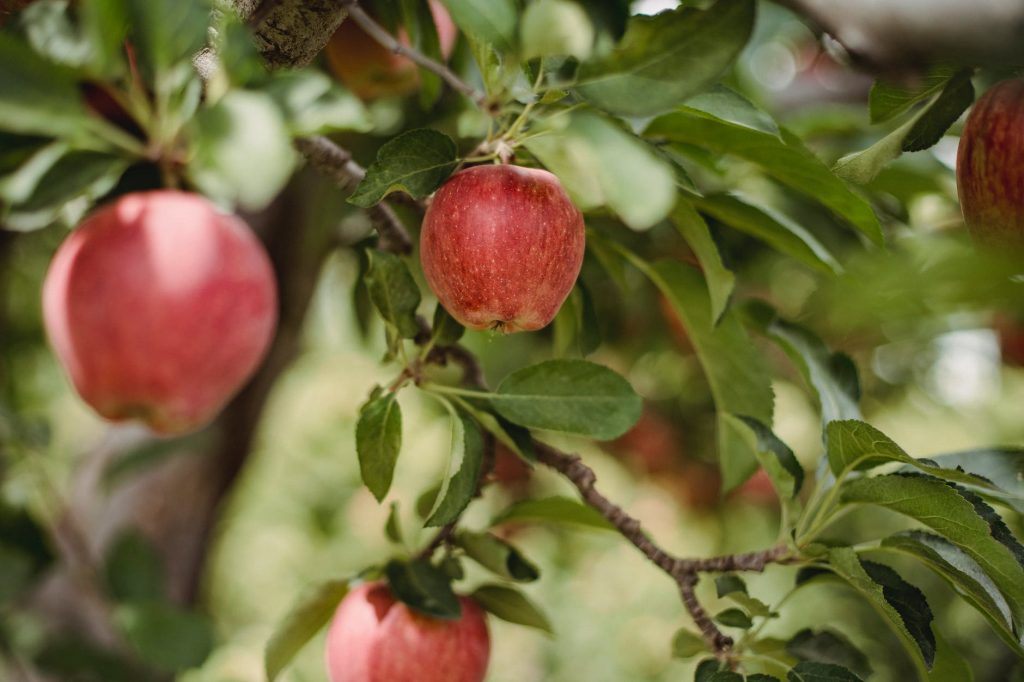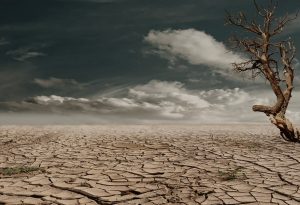These days, the word “Amazon” brings ecommerce to mind more often than the world’s largest tropical rainforest, which is under threat once again from raging fires driven by record levels of forest clearing for cattle ranching and soy production. Unlikely though it sounds, however, commerce could actually be a way to save the Amazon.
We tend to think of the Amazon rainforest as one thing: an impossibly large expanse of green. But what best defines it is diversity. Its 7.8 million hectares spread across nine countries are home to more than 30 million people, who between them speak over 300 languages. The flora and fauna comprise 10% of the world’s known species, and there are plenty we don’t yet know. Its economies are diverse, too, from the large-scale logging, cattle ranching, soy cultivation, and mining that have already destroyed a fifth of the forest, to traditional agricultural systems that integrate with the Amazon’s ecosystems.
As Brazil’s President Jair Bolsonaro strips environmental protections and Indigenous rights, and encourages illegal loggers and miners to invade protected lands, people outside Brazil wonder how they can help. Those unable to vote Bolsonaro out at the polls can vote for forest conservation with our wallets, whether by investing in funds divested from deforestation, or demanding that local retailers boycott beef and soy linked to forest clearing — Brazil is the world’s largest exporter of both.

Chocolate
A more familiar Amazon product is cacau, or cocoa, the raw ingredient for chocolate. Cocoa has been cultivated there for millennia, and there are thousands of wild Amazonian cocoa varieties.
In the past five years, the single-origin chocolate boom has given rise to brands producing premium Amazonian chocolates through direct relationships with farmers. Na’Kau started working with wild Amazonian cocoa in 2013. The company says it now sources cocoa from thousands of harvesters across the Amazon, providing community training to improve the cocoa quality. Check the Culinary Culture Connections website for their dark chocolate bars studded with Amazonian chilies, fruits, and nuts.


A number of other Amazonian chocolate brands are available for purchase in North America. Brazilian bean-to-bar chocolate maker Luisa Abram works closely with riverside communities in the Amazon, teaching cocoa growers fermentation techniques that add value to their beans. Chocolate maker César de Mendes used similar strategies to launch a bar last year made from cocoa grown and processed by the persecuted Ye’kwana and Yanomami Indigenous peoples. The intense 69% cacau bar sold out at its launch event in São Paulo late last year.
Conservation is a key ingredient in the chocolate made by Original Beans. Their team journeys to remote African and South American tropical forests to source rare cocoa varieties, and helps protect them through replanting initiatives. For a taste of unique Amazonian cocoa, look for their Beni Wild Harvest bar from Bolivia and the Cusco Chuncho bar from Peru’s Sacred Valley.



